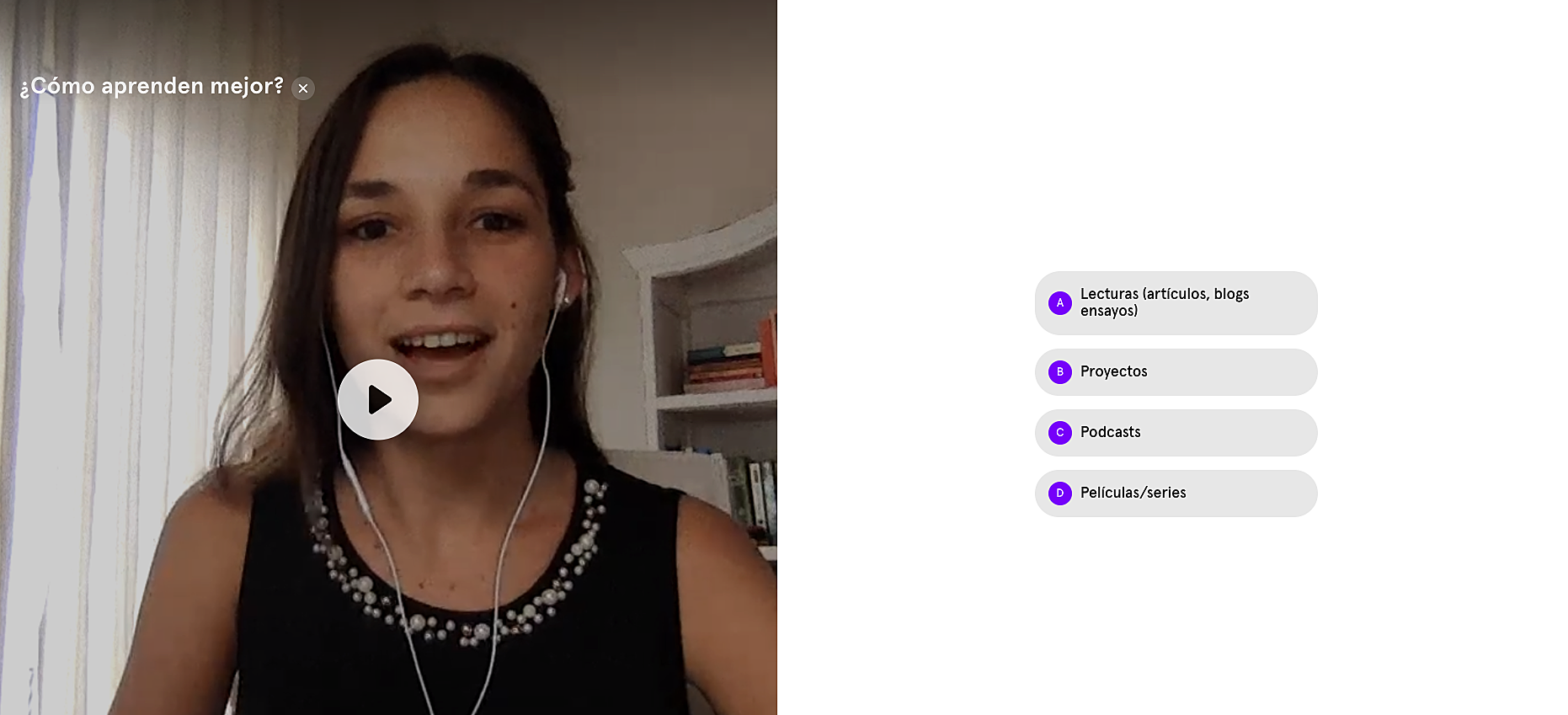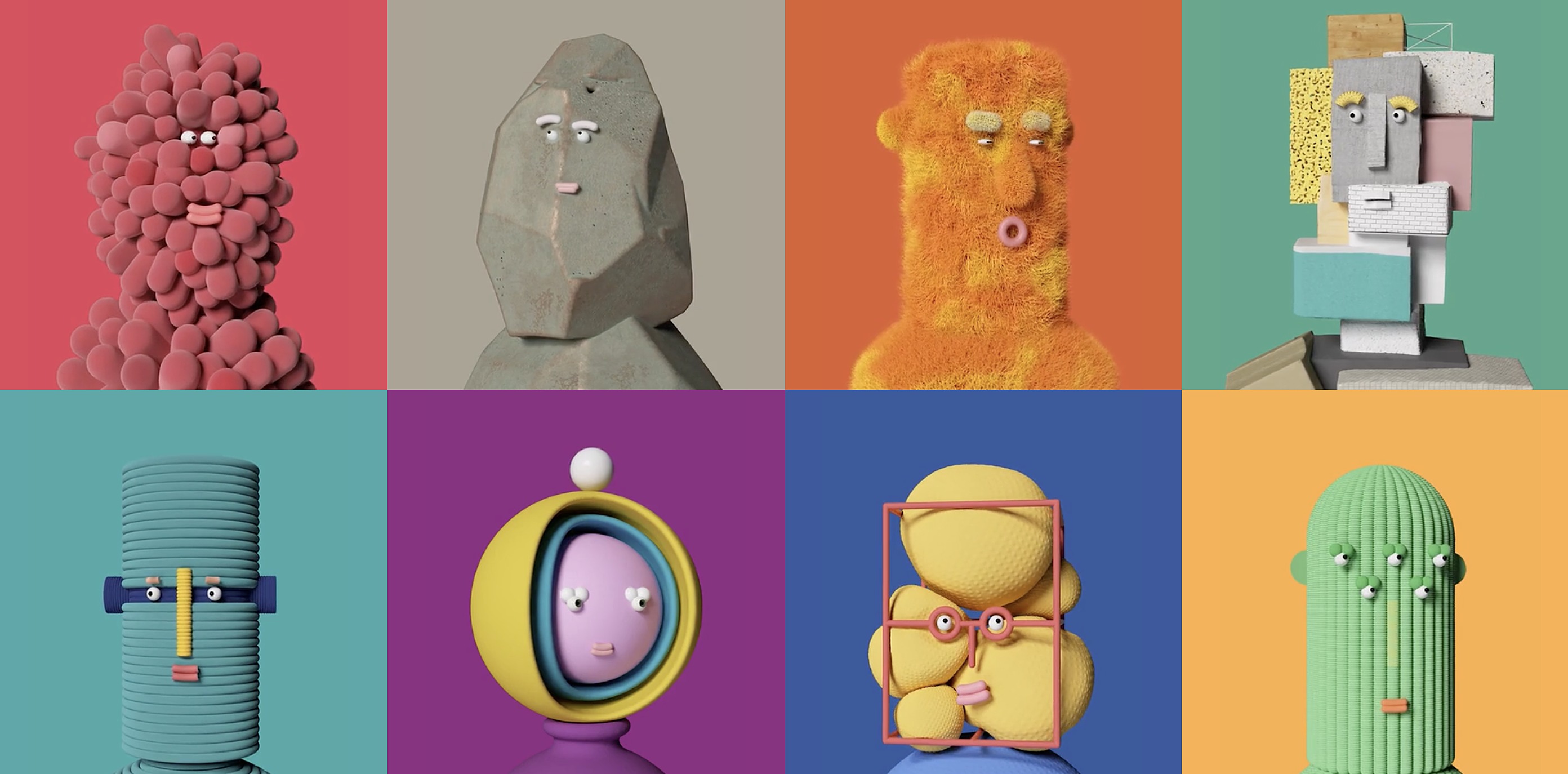You're 12. Is the first day of school. The teacher walks in and you already know what will be the first instruction of the day. Please introduce yourself by saying your name and what are your hobbies. You're 18. Is the first day of college. You receive the exact same instructions...
Here's the thing about those introductions. Although they're generally unremarkable and unmemorable, if you can get everyone in the room to do it right, they matter. Creating a learning culture starts with knowing each other, and as a facilitator, that's one of your primary missions. The good news is that there are other (stickier and funnier) ways to start knowing your students besides the typical Hi, my name name is Ana and I study Economics because I like business. Or Hi, I'm Pablo and I'm taking this writing course because I like to read and write.
How to know someone in just a few seconds
Here are a few things I've tried both teaching live courses at Universidad Francisco Marroquín in Guatemala, and facilitating online cohorts:
1. Send students a survey
Here's an example of a survey I sent a few weeks before the course started. It's in Spanish, but the questions I asked were:
Here's the thing about those introductions. Although they're generally unremarkable and unmemorable, if you can get everyone in the room to do it right, they matter. Creating a learning culture starts with knowing each other, and as a facilitator, that's one of your primary missions. The good news is that there are other (stickier and funnier) ways to start knowing your students besides the typical Hi, my name name is Ana and I study Economics because I like business. Or Hi, I'm Pablo and I'm taking this writing course because I like to read and write.
How to know someone in just a few seconds
Here are a few things I've tried both teaching live courses at Universidad Francisco Marroquín in Guatemala, and facilitating online cohorts:
1. Send students a survey
Here's an example of a survey I sent a few weeks before the course started. It's in Spanish, but the questions I asked were:
- How do you learn best? (Videos, readings, movies, podcasts....)
- What are your expectations of this course?
- What makes a learning experience an *excellent* learning experience?
- What are your interests so that I can make sure I connect those with our course material.
- What's one thing you would like me to know about you?
If you could only ask one question, I suggest you ask them the last one. You will be surprised by their responses.
%2010.57.55.png)
I used VideoAsk to give students the opportunity to reply in whichever format they preferred (text, video, or voice). This allows for more connection right from the start (as opposed to just filling in a Google Form).
2. Ask them to take a personality test and share their results in a shared space
Depending on the subject matter you're teaching, you can find great tests online that you can use to know your students/your audience better. I'm currently co-facilitating a course on innovation and entrepreneurship, and this is the test we ask students to complete on the first day of class: Adobe Creative Types.
%2015.26.33.png)
You can then ask everyone to arrange themselves in groups taking into consideration their test's results (and maybe some other characteristics).
3. Have them create a personal bio
You can create a shared space and add some placeholder spaces with a few prompts like:
- Name
- If you were to give a TED talk next week, what will it be about?
- What's your super power
- Add some pictures that represent you
%2010.30.07.png)
Getting to know who's in the room is not only important for personalizing your learning experience by putting the customer in the front; but it's also key if you want to create a space were participants feel confident enough to participate, share, and collaborate.
Linked List
- One day, third-grade teacher Kyle Schwartz asked her students to fill in the blank in this sentence: “I wish my teacher knew _______ .” The results astounded her.
- 16 personalities is a great free personality test that includes type descriptions, relationship and career advice.
Lessons learned and lessons not yet learned
Not yet learned:
What's the best way to group students for a learning experience? It is by their results on personality tests? The answer to a specific question on the application form? Their time zone? Their interests? Randomly?
✨I'm Stefy. I write a newsletter about designing and facilitating learning experiences. Have some thoughts on this? I’d love to hear from you – drop me a note.